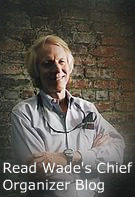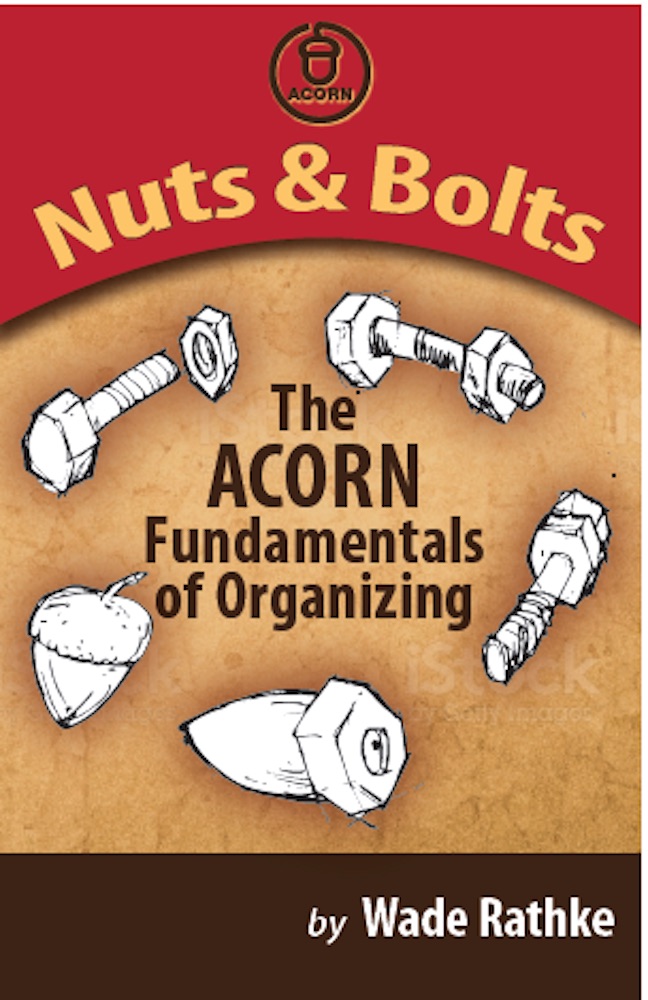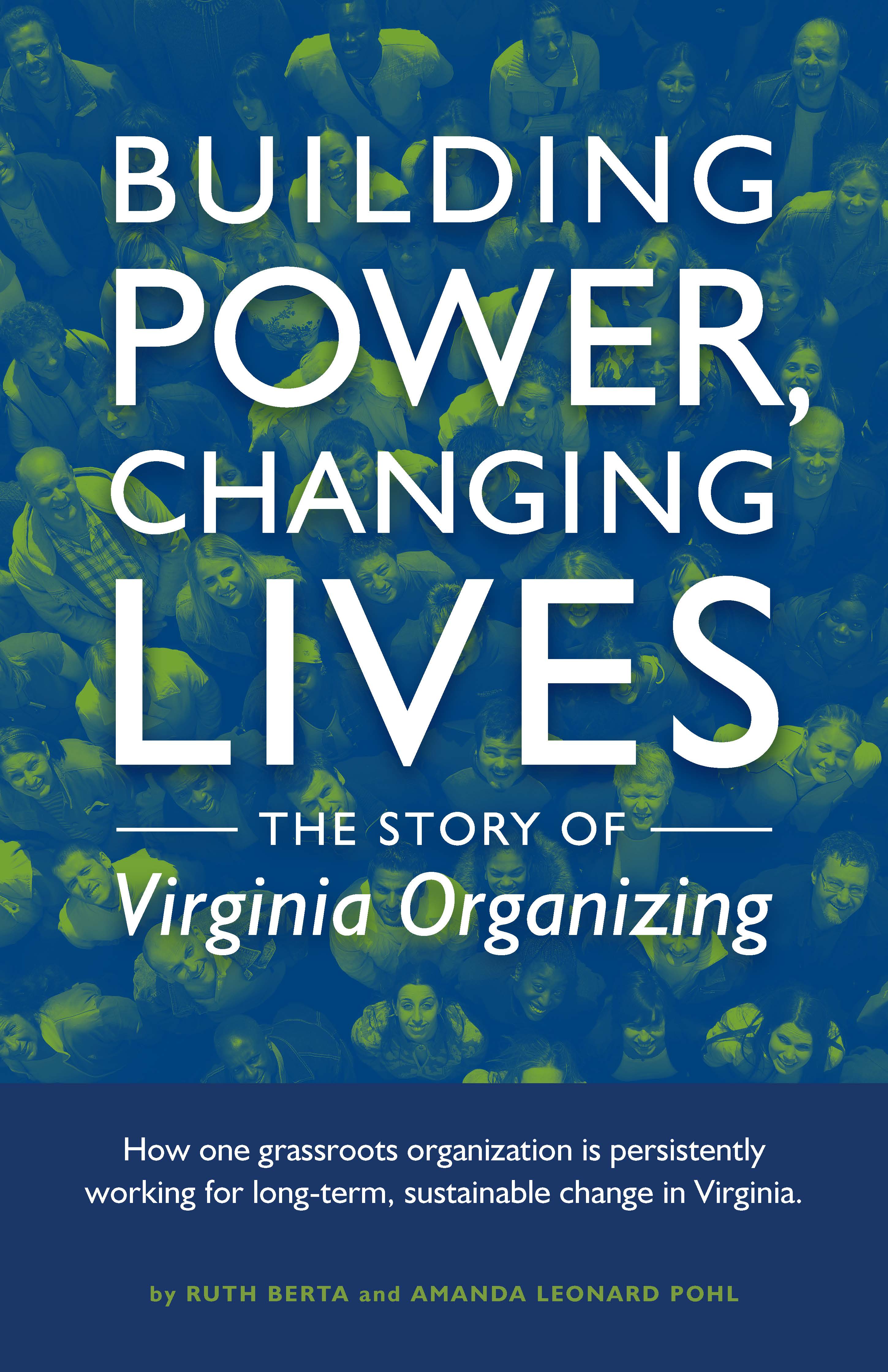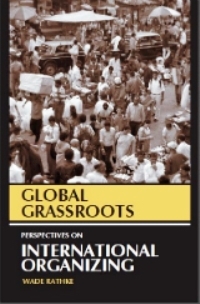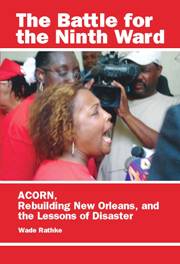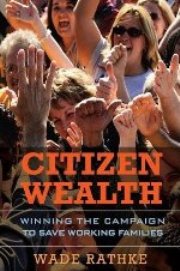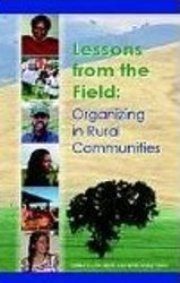BOOK REVIEW: No Shortcuts out of the mess we are in…
Jane McAlevey’s latest book No Shortcuts is what everyone who is serious about social change has to read this year. At a time when the leadership of several of the strongest national labor unions are at their weakest point in 100 years, some even admitting that they are bracing for cuts in membership of 30 to 50% this book offers the clearest prescription for rebuilding. Written right before the Trump victory McAlevey aims her book at the heart of the most important debate in progressive politics right now – how will the American working class rebuild a mass political base, most especially its labor unions? For McAlevey it’s people – in all their splendor, confusion and disarray that are at the heart of successful organizing, and its only organized people that will get us out of this crisis.
We weren’t supposed to need this book.
Twenty-five years ago there was a renewed confidence and excitement about the value of organizing people. The New Labor moment of the mid 1990’s which Jane was both eyewitness to and participant in was a breath of fresh air in the then slowly declining trade union sector. New Labor promised to reinvent the American labor movement – and rebuild class based popular power. The AFL –CIO seemed reinvigorated, the Teamsters were being reborn, HERE and SEIU were experimenting with different ways to organize low income service workers that other unions had struggled to recruit, and even college campuses featured fights over sweat shops. There was a parallel development in community organizing – ACORN was growing in leaps and bounds, the IAF had recently helped elect Anne Richards Governor of Texas. New campaigns like the Living wage effort that IAF invented and ACORN popularized were springing up everywhere. I remember that time as a season of hope; a time of creative collaboration between community and labor organizers. The story of the failure of that bright moment to realize lasting gains for labor is longer in scope than this book, but the seeds of that story are embedded here and progressive thinkers can only hope that McAlevey will follow the thread further in a later book.
The essential argument of No Shortcuts is that direct person to person organizing - as Chavez would say “you talk to one person, and then another person and then another person” is the missing ingredient in making lasting real social change. The failure to embrace this hard truth is the reason for labor’s decline. McAlevey argues that it is both the web of relationships among workers (or in her community case study, neighbors) and the commitment to build organizations that are owned and led by people that depend on them that make the difference between people power and raw defeat.
She resurrects the old CIO idea of the “list and chain system” – a process of identifying (listing) the organic leaders among the people you are organizing and helping them activate their own chain of relationships and followers to bring power to bear on whatever the organizing effort is about. This conception of leadership differs enormously from the current progressive model where leaders are seen as people who already agree with a program, and who are then developed further into leadership. For McAlevey real organizing is aimed at identifying and working with people who actually have followers.
Building that list and chain with organic leaders requires careful listening and countless kitchen table conversations. It means mapping the community institutions – the Catholic and evangelical churches, ethnic mutual aid societies, soccer clubs, Scouting groups – as well as the all-important informal associations like home country relationships or friends who speak the same dialect, high school friends, relationships built through marriage, caregiving support networks, babysitting help, betting pools, money saving clubs like the systems of paluwagan – all these and many more must be recognized catalogued, understood and valued. Essentially everything involved in the intrinsic beautiful ways of fellowship that our people use to connect to each other must also be valued by the organizer and the organization if that organization is to be truly representative of people’s interests. I suspect that it is this painstaking work combined with bourgeois disdain that make so many liberal elites look so hard for other methods of social change, and be so suspicious of organizing.
As McAlevey describes it this process of listening and mapping is hard work. It requires the organizer listen with the whole heart, and discard anything that gets in the way of that listening. This listening is not a one-time thing, done in the service of a single action. Instead listening in the service of organizing is a constant practice – the heart of the soft martial art of organizing. Only once this is understood can the organizer create their list and chain.
Once assembled the “list and chain” (once again for McAlevey this means the list of leaders and the chain of relationships they can mobilize) of potential leaders and followers must be tested in crucible of public action and tension – which brings us to the second core concept of No Shortcuts – the structure test. This is any activity that tests the rank and file leader’s ability to deliver followers to shop floor petition, picket line, direct action or even strike. Jane argues that organizations (union or community groups) that regularly test their membership in action are strong – and each test reflects back on the organizer and leadership team. Each test reveals again if the organization truly represents and leads the people, or not. In this model failure teaches almost as much as successes. Consistently meeting the challenge of structure tests is the essential ongoing ingredient of building an organization that is owned by the people who make it up and it is a radical insight.
The focus on leaders and their exercise of power is radical in the original sense of the word – structure tests go to the root of what makes a people’s organization live and breathe. Each action is an opportunity for every leader to confront and conquer their own fear, and every individual moment of courage changes the person that struggles through it. It is in this way that the struggle is also a spiritual one, and the first revolution for each and every leader is indeed internal. This process done over and over and over again is the essence of how organizing not only wins power, but readies our people to lead their union, church, community or nation.
In a set of five compelling case studies McAlevey demonstrates how (rank and file) people’s leadership is the margin between victory and defeat. Each story illustrates a slightly different nuance of the central argument about the need for rank and file leaders with real followers, real relationships. Meticulously documented each of these stories stands up on its own – and there is enough in them for many hours of reflection for teams of community and labor leaders. In a recent talk I gave to new young organizers at a network of progressive community groups someone asked me for a reading list, and I immediately thought of this book. The case studies here should be added to the required reading lists for any seasoned practitioner as well as for the next generation of organizers struggling to learn the art and craft of the work, but the larger argument urgently needs to be (re)learned by the broader progressive community.
Whether or not you agree with every aspect of McAlevey’s point it’s certainly true that too much of the left’s current writing is aimed at a privileged and educated class of leadership seeking any solution but the one that brings them face to face with the workers and rough edged people of our nation. The coming Trump years are likely to demonstrate the hollow nature of organizing campaigns that failed to build worker (or community) leadership and buy in – as if anyone needed another harsh lesson in this. It is long past time for a “fearless self-inventory of failures” and Jane McAlevey points the way to the self-awareness Progressives will require to move forward. It’s not an entirely new argument – McAlevey echoes some of the insights of legendary reinventor of community organizing Ernie Cortez – but it’s never been a more important or timely one. This is the book that meets the needs of the time we are living in and you should read it.
Drew Astolfi
Former director FACE, current staff at CCC
Drew Astolfi is a 27 year veteran community organizer. He has worked in the Bronx, the uptown neighborhood of Chicago, Western Massachusetts and most recently as the director of Faith Action for Community Equity in Hawaii. Currently he works for the Center for Community Change a DC based social movement support organization.

